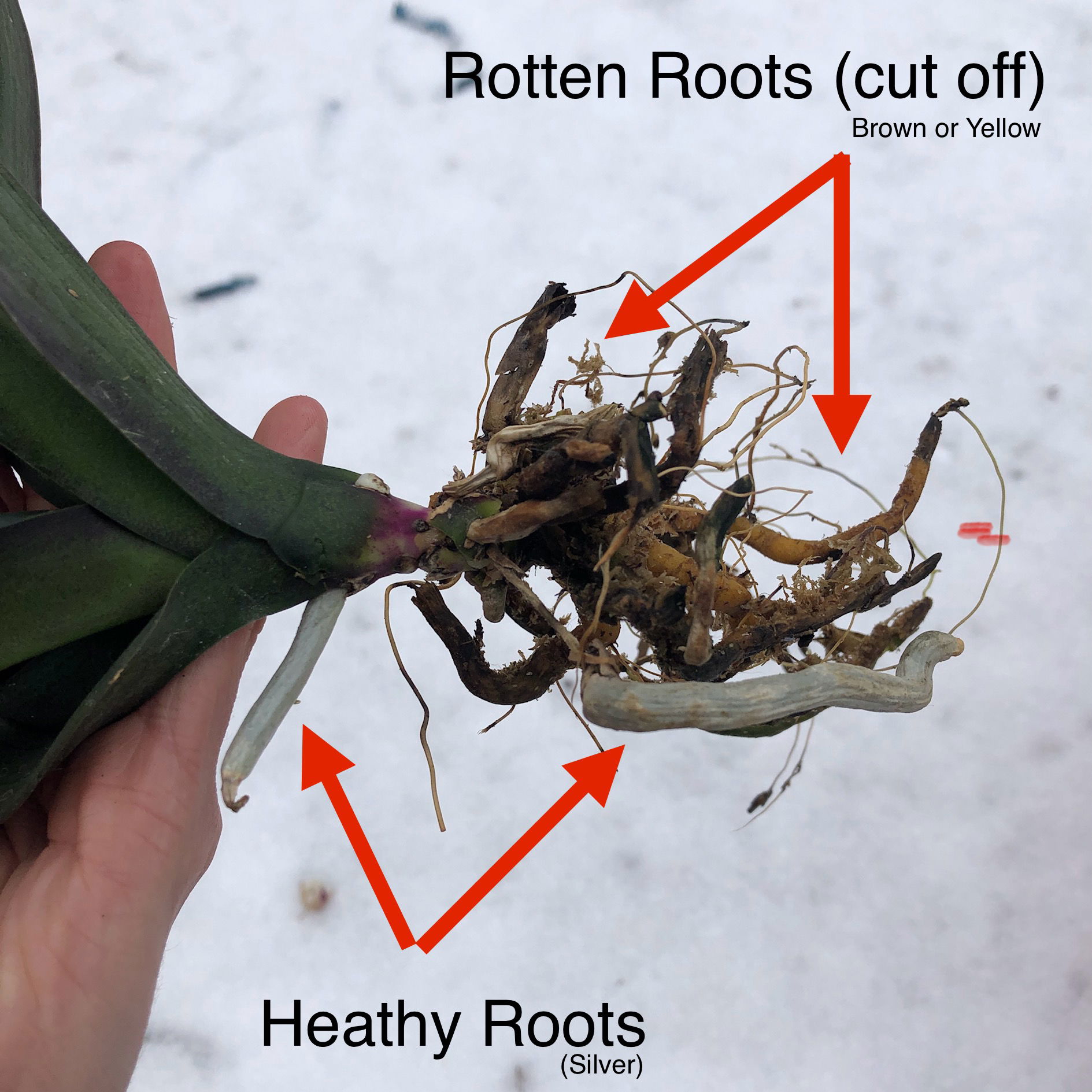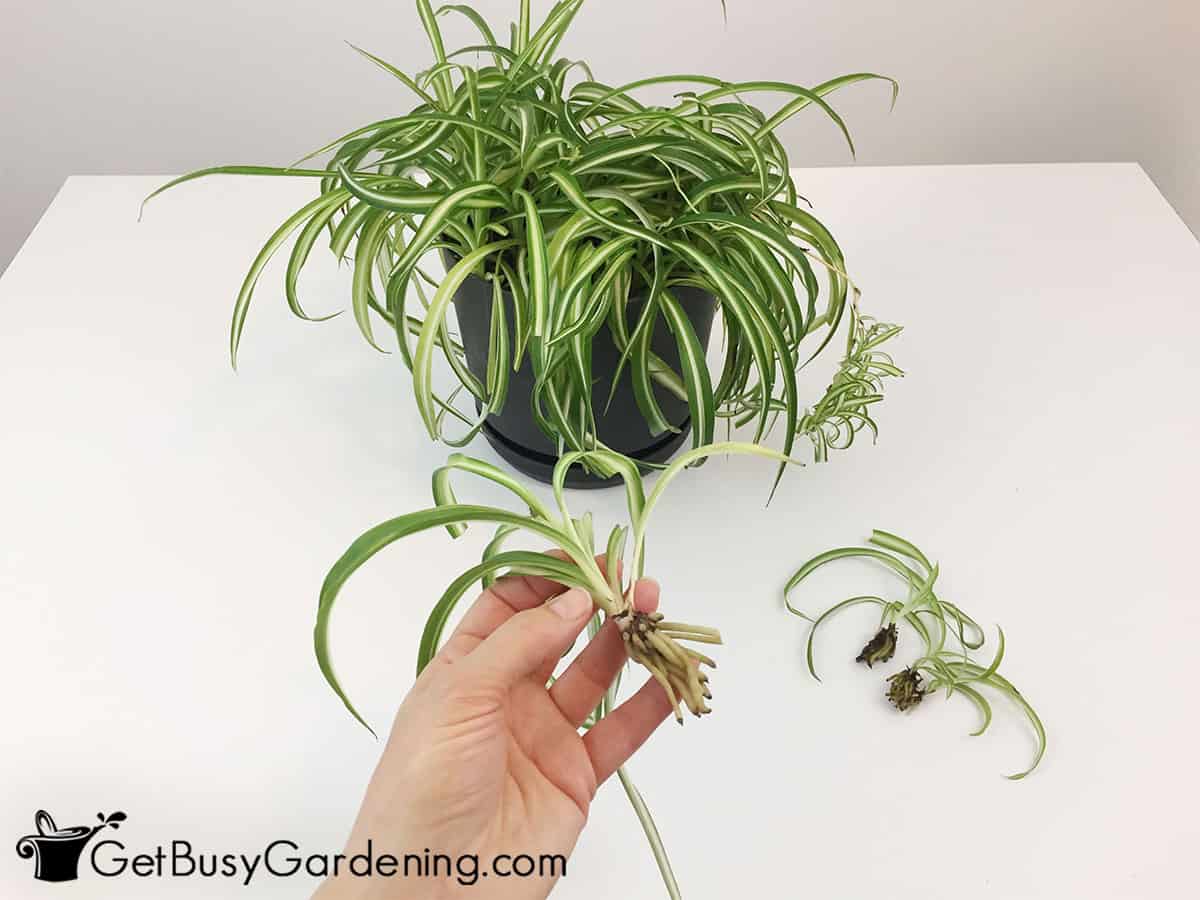Spider Plant Propagation Made Easy: A Simple Step-by-Step Guide
Spider plants, known scientifically as Chlorophytum comosum, are a popular choice for both novice and expert gardeners due to their attractive appearance and ease of care. A notable feature of spider plants is their ability to produce offspring, commonly referred to as spiderettes or stolons. These spiderettes make spider plant propagation a straightforward and rewarding process, allowing you to expand your collection or share with friends at virtually no extra cost.
Understanding the basics of spider plant propagation can help you get new plants for free, creating an evergreen addition to your indoor gardening space. Here is a detailed guide on how to propagate spider plants using simple tips and techniques.
How To Propagate A Spider Plant: 5 Easy Methods
Spider plants are known for their resilience and adaptability, making them ideal candidates for various propagation methods. The most common methods include:
- Water rooting
- Soil planting
- Division of the mother plant
- Propagation through spiderettes
- Layering
Each method has its own set of advantages, and the choice largely depends on personal preference and the resources at hand. Water rooting is particularly fascinating as you can witness the development of new roots firsthand.
Regardless of the method chosen, the key to successful spider plant propagation lies in the conditions provided during the process. Adequate light, temperature, and moisture are essential for promoting healthy growth of new plants.
It’s important to note that the best time to propagate spider plants is during the spring and summer months when they are in their active growth phase.
How To Easily Propagate Spider Plants And Get Even More Plants For Free
Looking to increase your spider plant collection? Follow these easy ways to propagate spider plants at home:
- Identify healthy spiderettes: Look for shoots with small plantlets at the end.
- Prepare your materials: Get small pots, quality potting mix, and distilled water if you’re rooting in water.
- Choose your method: Decide whether to root in water or plant directly in soil.
- Monitor the environment: Ensure that the plantlets are placed in a location with bright, indirect light and a consistent temperature.
- Be patient: Allow time for the roots to form or the plantlets to establish themselves in soil.
With a little care and attention, your propagated spider plants will thrive, contributing to an ever-expanding array of greenery in your home.
Remember to keep the soil or water moist but not waterlogged, as overly saturated conditions can hinder the growth of new roots.
 How to grow a peach tree from a pit: tips for planting stone fruits
How to grow a peach tree from a pit: tips for planting stone fruits
How To Propagate A Spider Plant In Water?
Water propagation is a visually appealing method that allows you to observe the rooting process. Here’s how you can propagate a spider plant in water:
- Cut a spiderette from the mother plant using a clean, sharp pair of scissors.
- Place the cut end of the spiderette into a container filled with distilled water, ensuring that the base is submerged while the leaves remain above water.
- Replace the water every few days to prevent stagnation and bacterial growth.
- Once the roots have developed to a sufficient length, typically a few inches, you can transplant the spiderette into soil.
This method is not only simple but also provides the satisfaction of watching your new plant take root.
Can You Propagate Spider Plants Without Soil?
Yes, spider plants can be propagated without soil through water propagation. As mentioned earlier, spiderettes can develop roots when placed in water. This soil-less method is ideal for those who wish to observe the root development or for those who might not have immediate access to potting soil.
However, it’s essential to eventually transition the water-rooted spiderettes to soil to ensure they receive the necessary nutrients to grow into healthy, mature plants.
Using a transparent container for water propagation can add an aesthetic element to your decor while allowing you to monitor the root development closely.
How To Take Cuttings From Spider Plant?
Taking cuttings from a spider plant is a simple process:
- Identify a healthy spiderette that has begun to form its own roots.
- Using clean scissors, snip the spiderette from the stolon close to the base.
- Prepare a pot with well-draining soil, make a small hole, and plant the spiderette.
- Water lightly and place the pot in a spot with indirect sunlight to encourage root growth.
It is crucial to ensure that the cutting has at least a few roots developed or is showing signs of root buds. This indicates that the plantlet is ready to grow independently.

How To Care For Your Baby Spider Plants After Propagation?
After successfully propagating your spider plants, the care for spiderettes after propagation is vital. Here are the steps to ensure your new plants flourish:
 Calathea plant care and growing guide: top tips for these popular houseplants
Calathea plant care and growing guide: top tips for these popular houseplants- Immediately after planting, water the soil thoroughly to help settle any air pockets around the roots.
- For the first few weeks, keep the soil consistently moist but not waterlogged.
- Place the pots in a location with bright, indirect light and avoid direct sunlight, which can scorch the tender leaves.
- As the plants grow, begin to treat them as mature spider plants, gradually allowing the soil to dry slightly between waterings.
- After about a month, consider introducing a balanced, water-soluble fertilizer to promote robust growth.
With proper care, your baby spider plants will soon become thriving additions to your indoor garden.
Questions Related to Spider Plant Propagation
How to Get New Plants From a Spider Plant?
Getting new plants from a spider plant is easy:
Wait for the spider plant to produce spiderettes, then snip one off and root it in water or soil. Within a few weeks, you’ll have a new plant ready to be potted. This method is an effective and cost-efficient way to expand your plant collection.
Is It Better To Propagate Spider Plants in Soil or Water?
The choice between soil or water propagation depends on your preference. Water propagation allows you to see the roots grow, while soil propagation is a more direct method that can lead to quicker establishment in the final growing medium. Both methods are successful and can yield healthy plants.
Why Is It Illegal To Propagate Plants?
It’s not illegal to propagate plants in general, but certain plants are patented or trademarked, and unauthorized propagation of these plants could infringe on intellectual property rights. Always ensure you have the right to propagate a plant species before doing so.
Should I Cut the Babies Off My Spider Plant?
Cutting the babies, or spiderettes, off your spider plant can encourage more growth in the mother plant and provide you with new plants to propagate. Once the spiderettes have developed roots or root buds, they can be safely removed and propagated.

Now, let’s watch a helpful video on spider plant propagation from an experienced indoor gardener:
In conclusion, propagating a spider plant is a simple and satisfying endeavor that can yield numerous new plants with minimal effort. By following the step-by-step guide and caring for your baby spider plants, you’ll soon have a thriving indoor garden full of lush greenery.
 What causes orchid root rot and how to solve it?
What causes orchid root rot and how to solve it?
